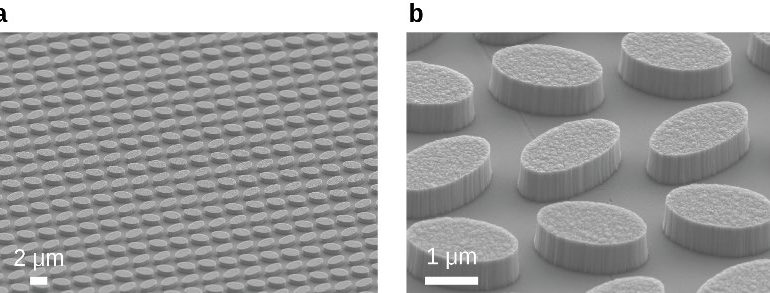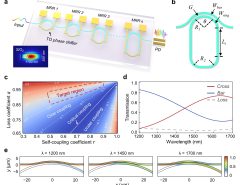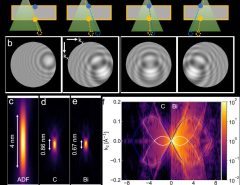Authors: Andreas Aigner, Thomas Weber, Alwin Wester, Stefan A. Maier, Andreas Tittl
Published on: December 09, 2023
Impact Score: 8.3
Arxiv code: Arxiv:2312.056
Summary
- What is new: Introduces a novel dual-gradient metasurface design for enhanced light-matter interactions, achieving a high resonance density.
- Why this is important: Existing photonic approaches cannot simultaneously control the spectral overlap and quality factor of light-matter interactions in complex systems.
- What the research proposes: A nanophotonic approach using a 2D array of varying subwavelength nanoresonators to encode the spectral and quality factor parameter space within a compact area.
- Results: Achieved 27,500 distinct modes within one array and demonstrated enhanced surface molecular sensing.
Technical Details
Technological frameworks used: nan
Models used: Dual-gradient metasurface design composed of a 2D array of subwavelength nanoresonators.
Data used: nan
Potential Impact
Photocatalysis, chemical sensing, and quantum cryptography industries could benefit, potentially disrupting current market players in green energy and laser technology.
Want to implement this idea in a business?
We have generated a startup concept here: MetaSpectra.



Leave a Reply